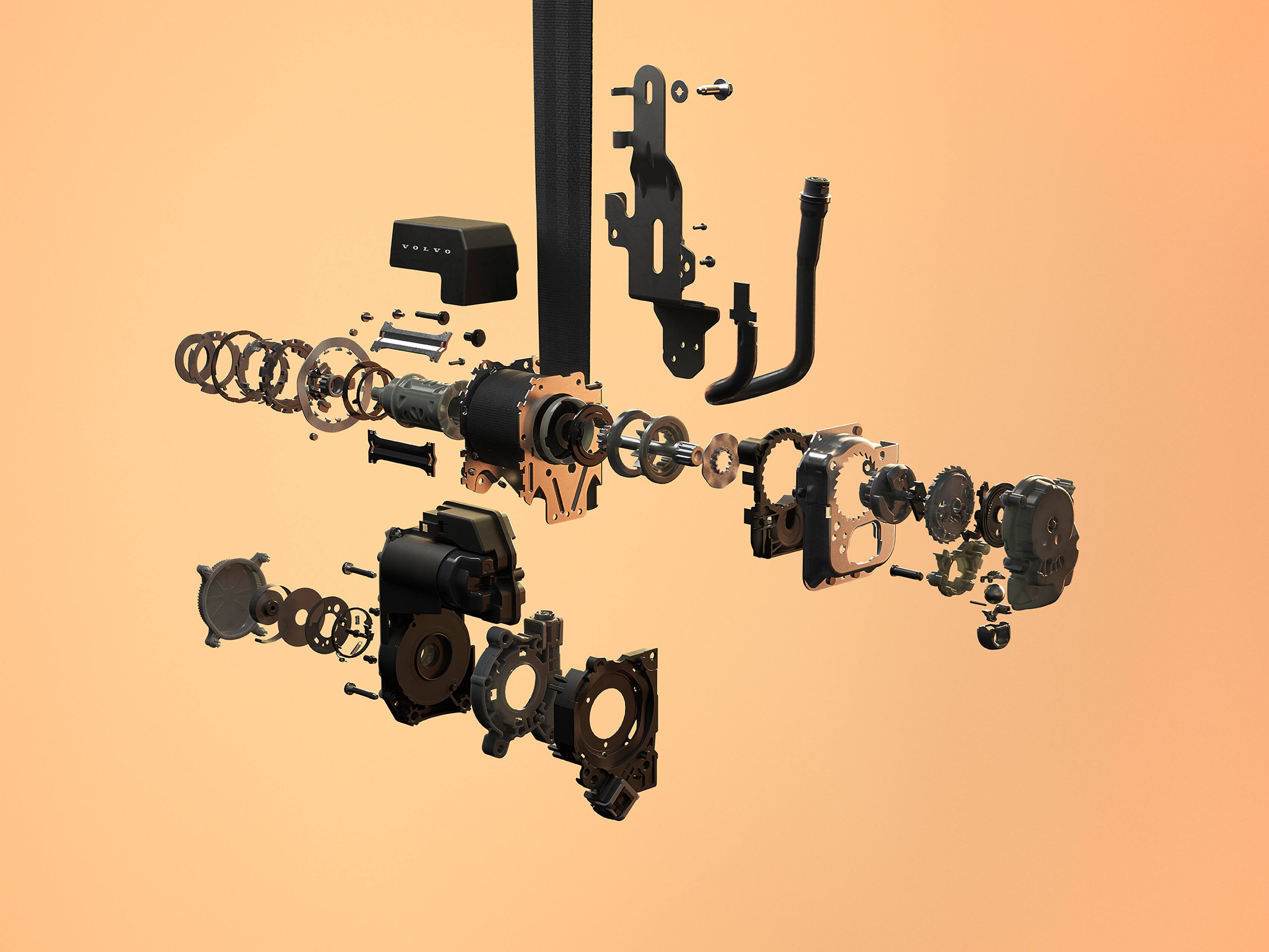The new Volvo multi-adaptive seatbelt has been designed to protect your body, factoring in your height, weight, body shape and seating position.
View Personalised Offers on
The three-point seatbelts have saved over a million lives since they were first introduced by Volvo engineer Nils Bohlin in 1959. The fact that Volvo decided to make the design patent-free and shared it with other automakers makes it all the more special. The Swedish carmaker is now taking the technology a step ahead with its new multi-adaptive seatbelts, which will adapt to “your” body in real-time in the event of a crash.
Volvo Multi-Adaptive Seatbelt: Built for all
Volvo’s new multi-adaptive seatbelt will debut on the upcoming EX60 in 2026 and has been designed to protect your body, factoring in your height, weight, body shape and seating position. The tech uses data input from multiple sensors on the exterior and interior to customise protection. The technology is a step ahead of load limiters, which control the amount of force being safely applied on the seatbelt to protect the human body in case of a crash. Volvo claims its new multi-adaptive seatbelt expands the load-limiting profile from three to eleven, increasing the number of settings.

For perspective, a larger occupant will receive a higher belt load setting to protect them in a serious crash, to lower the risk of a head injury. On the other hand, a lighter individual will receive a lower belt load setting in case of a milder crash to reduce the risk of rib fractures.
Volvo says that the multi-adaptive seatbelt technology will improve over time to maximise protection with the help of over-the-air updates. The automaker has a database of over 80,000 occupants involved in real-life accidents for over five decades, which has helped develop the new system. The new tech can calculate the load limiting rate “in the blink of an eye” in the event of a crash and analyse direction, speed, and passenger posture to provide the most optimal setting on the seatbelt.

The multi-adaptive seatbelt will work alongside the airbags, occupant detection, and driver assistance systems to provide a broader safety net and minimise the risk of subsequent injuries. The new seatbelt technology has been developed at the Volvo Cars Safety Centre crash lab, which can recreate almost any traffic accident, according to the company. The automaker further says the lab can perform tests exceeding regulatory requirements for real-world safety.
Check out Upcoming Cars in India 2024, Best SUVs in India.
First Published Date: 06 Jun 2025, 19:08 PM IST
